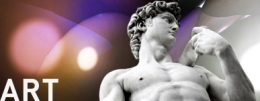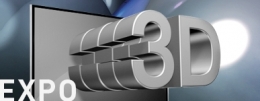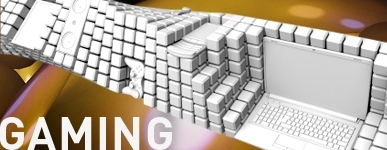
Gaming in three dimensions:
For digital gaming, 3D plays a paradigmatic role in relation to the “Dance with the Code”. When First-Person-Games grew popular, they not only contributed to the immersive experience by directly addressing one's physicalness perspectively, they also and especially changed the way one questions and scrutinises space in a radical manner.
Through the medium of computer games the emergence of stereoscopic 3D display is momentarily not only significantly being fired up in a technological sense, it is being explored with regard to the potential of playfully involving the user on behalf of the games as well. In combination with other utmost up to date technological developments such as Augmented Reality, Global Positioning System (GPS) and Social Gaming this development is a vital focus of current media art's interest.
The input from the University of Arts and Design Karlsruhe's “Gamelab” will react to this by questioning the subject's role therein through manifold ways and extending it by a context-sensitive dimension.
Michael Vierling: Spielwiese
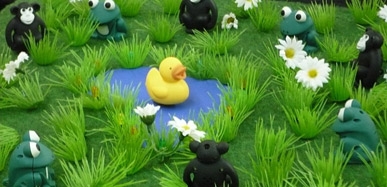
On first glance a paradise, an idyll with a lush green meadow - but the beauty is only skin deep: a lively fight is going on between monkeys and frogs and their only goal is to impress the small and lonesome duck. Regardless of their typal differences all animals share two things: their nasty stare and big mouth. Two players can control either the monkeys or the frogs via Gamepad - whoever proves to have the most finesse wins the duck.
Marco Zampella and Alexander Liebrich:
YOU ARE ... NOT ALONE
.jpg)
Play the role of an astronaut or commander and activate forgotten worlds together! Working as a team is the only way you can win. But watch out: Traps are all around and communication costs energy! A game for two players - but leaving enough space for the individual.
Matthias Richter: Not A Game
Not A Game (working title) tries to convince the player to stop any interaction. If the player disobeys by nonetheless interacting he learns more and more about a story that is sensitive to the type of interaction. From the player's side, the dialogue with the game takes place via Gamepad, from the game's side via the text/ "kinetic typography".
Jens M. Stober:
Stereo-3D-4-Season-Real-Time-Panorama
With hand movements the viewer can navigate through a virtual world that changes with every new viewing direction. The extra-wide image in the panorama format of the interactive stereoscopic 3D projection "3D-4" opens a window and starts a small immersive journey into an unknown world. With the help of a game-engine the simulation can be calculated in real time.
Jens M. Stober: 1378 (km) (Realtime Stereo 3D Trailer)
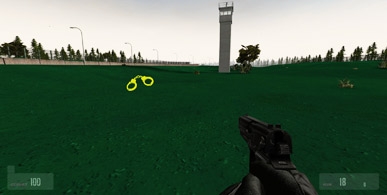
In 1378 the player is placed into different inner-German border sections. The player can either take on the role of a GDR border patrol or the role of a fugitive of the republic. In the detailed scenarios of border sections between the German Democratic Republic and the Federal Republic of Germany the dramatic situation can be experienced very intensely.
Jens M. Stober: ...ühmmm³
A side-scroller-game that projects the third dimension with the help of stereoscopy and extends the possibilites of finding one's way within the game world and the possibilities of interaction between the game figure and the game world. Only once the player has put on his 3D glasses is he supposed to be able to fully perceive this enhanced game world.
Pilotprojekt zu M.I.R. – Mobile Interface Radio:
Hallenbau A
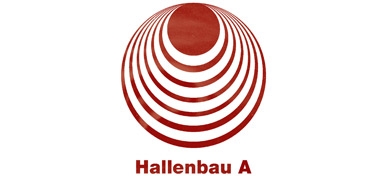
The radio play "Hallenbau A" is a pilot project. While the listener moves through the premises of the ZKM and HfG, he hears fragments of the building's moving past. Even though there are still plenty of unused possibilites for interaction, "Hallenbau A" gives us an idea of what interactive radio plays have to offer. Interactive radio plays for smartphones, that is what the Project M.I.R. from the University of Arts and Design Karlsruhe is doing research on. Comprehensive interaction possibilities (for example the inclusion of information on the listener's environment and situation) allow a "Brechtian return circuit to the radio".
Developed by Mike Gerber, Matthias Gieselmann, Robin-Antonius Henke, Florian Krupicka, Alexander
Liebrich, David Loscher, Florian Wesch, Marco Zampella and Frank Halbig (Project leader).
Institute for Postdigital Narratives:
3D camera rental
The visitors of the festival will have the chance to make their own first experiences with 3D technology and produce their own content. True to the motto: Shoot your own first 3D video. A documentation of the accumulated material will be presented as a highlight at the end of the festival.
Magnus Goebel: Drahtkommode
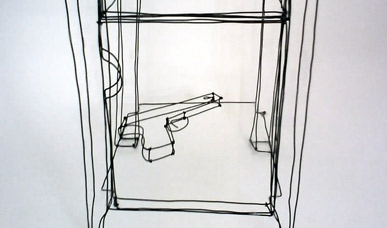
This sculpture made out of easily bendable binding wire is a three-dimensional draft of an ordinary chest of drawers. The construction is composed of twelve identity elements that are twirled and linked to each other. The intention of this construction is the materialisation of a three-dimensional furniture design in real space. This way, the conception can be view from all angles, similar to a computer-generated wire frame. The pistol gives the construction a surreal viewing aspect by creating a divergency between conception and conventional use with this atypical proposal of use.
